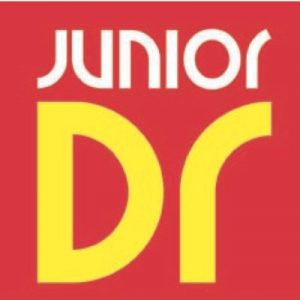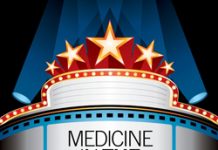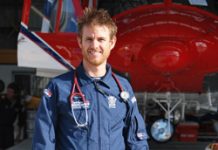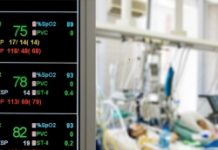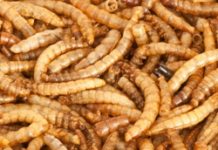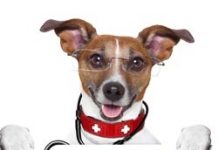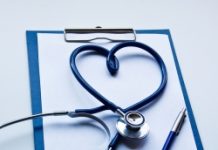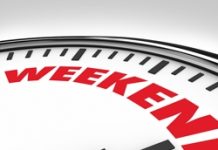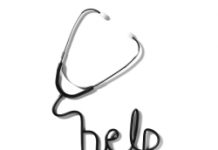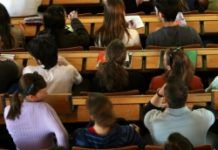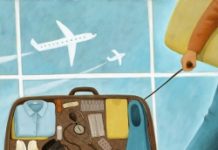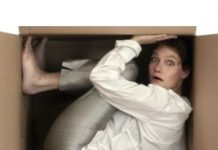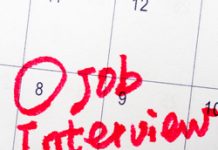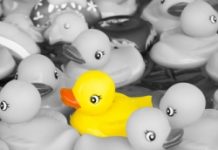 With a new year, I was greeted with a brand new set of challenges in my journey to becoming a doctor. Firstly, I survived my first medical school exams – much to my shock and delight! Secondly, I survived Prosection – I had been dreading this, having naively believed gory stories from older students, but I ended up thoroughly enjoying it and finding it very useful. Thirdly, I passed the Basic Life Support exam, which although was probably nowhere near the standard needed in a hospital, made me feel a tiny bit closer to becoming an actual doctor. To top it off, we began new topics of muscles & joints, respiratory medicine and digestion which I found far more interesting than the topics we had studied previously.
With a new year, I was greeted with a brand new set of challenges in my journey to becoming a doctor. Firstly, I survived my first medical school exams – much to my shock and delight! Secondly, I survived Prosection – I had been dreading this, having naively believed gory stories from older students, but I ended up thoroughly enjoying it and finding it very useful. Thirdly, I passed the Basic Life Support exam, which although was probably nowhere near the standard needed in a hospital, made me feel a tiny bit closer to becoming an actual doctor. To top it off, we began new topics of muscles & joints, respiratory medicine and digestion which I found far more interesting than the topics we had studied previously.
Another exciting part of this semester was the first year’s Hospital Orientation Day. First year students get paired with a fifth year student and go to their hospital to shadow them and see what it will be like to be a medical student in the clinical years.
Much to my excitement, my fifth year student, Khalida, was placed in the surgery department. I had watched a knee replacement operation before, but from a neighbouring room via a video link, so I was absolutely thrilled at the prospect of watching in the theatre for the first time. In fact, I’m not sure which I was more excited about – watching an operation or getting to wear scrubs! I’m only joking, of course I was more excited about the operation, but getting to wear scrubs just added to the thrill.
After changing into the scrubs and taking a sufficient amount of pictures to send to family and friends back home (see photo), Khalida dropped me off at the theatre, where I met Lucy, one of the lovely nurses.
Lucy explained that the first operation would be a ‘hip revision’ and let me help her prepare the theatre – from preparing the bed and sheets to carrying all the many trays of instruments into the theatre. The sister in charge had told me that Orthopaedic Surgery was one of the bloodiest types of surgery which, combined with having to wear a face mask and consequently breathe in more CO2, made many students feel faint. So despite my excitement, I was very apprehensive. After everything was ready, I was taken to the anaesthetist so I could meet the patient and see the whole operation process from start to finish. Then it was time for the surgery to begin.
It was fascinating seeing the surgeon cut through the layers of skin, fat, fascia and muscle – all of which I had learnt about and seen in Prosection, but which looked so different, (and far more interesting!), in a real, living patient. The assistant surgeon showed me the X-rays and explained how the patient’s hip replacement had failed but that they couldn’t know exactly how until they looked inside as the problematic part was plastic. It turned out that it had just worn away through use and so after much delicate manoeuvring, drilling and hammering it was removed and a new one was fitted. Two and a half hours passed without me realising and thankfully, I think I must have been too engrossed to feel faint, which was a relief.
The team asked me if I would like to stay with them for the rest of the day which I would have absolutely loved to, but I had said that I would meet Khalida straight after. However, this was easier said than done – I didn’t quite appreciate just how many corridors that hospital had or just how maze-like they were! After finally finding her, we headed to the Clinical Skills centre where we were going to spend the rest of the day.
Here, we got to see a plastic model of a patient, used to examine doctors. It could talk, breathe, imitate diseases and tell which drugs were being injected into it, which I found really interesting. Even more remarkable, was a female one which gave birth to a plastic baby – seeing that was a little bit strange! After this, we got to practise all the types of intubation, (on a model), as well as seeing a real AED and resuscitation demonstration. We finished off with the two best parts of the afternoon: learning how to take blood (or maybe just water dyed red) from a model arm and how to put in a cannula.
All in all, I had such a fantastic day. Seeing a snapshot of the clinical side of medicine and meeting Khalida really inspired me to keep motivated with the pre-clinical studies. I think that as I progress to the clinical years I’ll enjoy the course even more – but until then, it’s back to the textbooks!
